Black Marjory Stoneman Douglas Students Feel Less Safe with More Cops
Yet another object lesson in why active efforts at inclusiveness are vital.
A story from a couple days ago that I never got around to posting on but still remains relevant:
Miami Herald (“Black Marjory Stoneman Douglas students want the movement to include their voices too“):
Eleven percent of Marjory Stoneman Douglas High School’s 3,000 students are black, but you wouldn’t know it from the media coverage of the school’s horrific mass shooting in February or the gun control movement that sprung up in the aftermath.
Black students gathered in Parkland Wednesday said they felt overlooked and underrepresented by both the media and their peers leading the charge for more gun control. And some of the solutions meant to keep them safer in the wake of a gunman slaughtering 17 of their classmates leave them feeling more afraid than before.
Kai Koerber, a 17-year-old Marjory Stoneman Douglas student, returned to school after the shooting to see his slain classmates’ empty desks turned into memorials — and a campus swarming with police officers. To him, extra cops around doesn’t mean more people to protect him; it means more chances to become a victim of police brutality.
Kai worries that police will racially profile students and treat them as “potential criminals,” particularly students of color.
“It’s bad enough we have to return with clear backpacks,” he said. “Should we also return with our hands up?”
Rev. Rosalind Osgood, a Broward County school board member, said Kai’s comments are exactly why black students’ voices need to be elevated. Without this conversation, she said, she would have never thought of that consequence of heightened police staffing.
Osgood, tapped by Debbie Wasserman-Schultz to join a state gun violence task force, said the policy created by adults won’t be effective without input from the students it’s meant to protect. She accepted Wasserman-Schultz’ invitation to the panel with the caveat that she could bring her mentee, Stoneman Douglas student Mei-Ling Ho-Shing.
“I don’t want the minority kids to be angry and feel that they’re being ignored,” she said. “I don’t think anybody’s intentionally excluding them, but nobody’s intentionally including them either.”
Including black students in the gun violence conversation means broadening the topic from mass shootings to police-involved shootings, said Tifanny Burks, a community organizer with Black Lives Matter Alliance Broward, which helped gather the students on Wednesday.
Burks said black students told her the return to a school newly swarming with law enforcement officers was jarring, especially for a generation that grew up in the era of Trayvon Martin and Alton Sterling.
“They were shook. It felt like there was a thousand police there,” she said. “Having all those police there made their school feel like a prison.”
Now that some students have started to talk about how the assumption that more police officers means less fear doesn’t apply to then, Burks said she hopes that this jump starts a conversation about more inclusive solutions.
“Is the solution to less gun violence more guns, just with police officers’ names on them?” she said. “We have to have that conversation.”
Osgood’s statement, “I don’t think anybody’s intentionally excluding them, but nobody’s intentionally including them either” points to a lesson that it took me far too long to internalize: diverse viewpoints have to be actively included. While, in hindsight, it’s obvious that black students might feel this way, it’s simply not the instinct most white students—or white administrators—no matter how well-intentioned, will bring to the conversation.

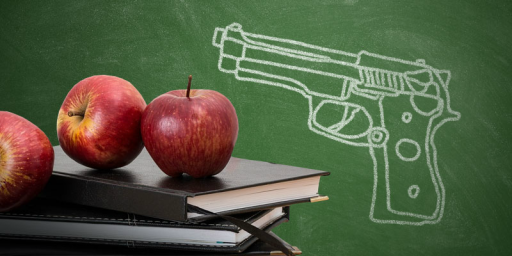
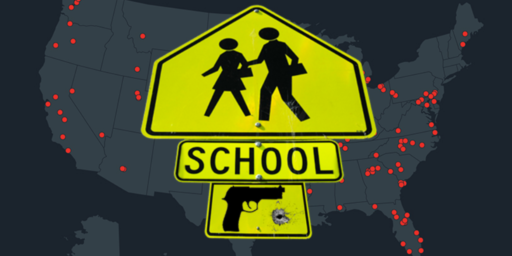
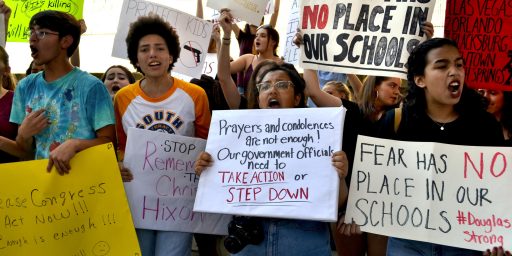
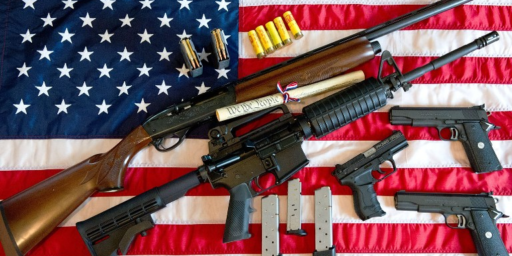
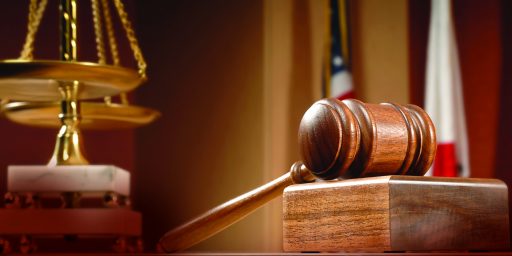
James:
I had a reviewer the other day refer to me as a ‘master of empathy.’ Which was good, because I enjoy seeing my wife and kids erupt into howls of laughter. I’m considered to be quite good at character. What people say about a trilogy in which I inserted women into combat roles in WW2. I’m both flattered and mystified – I’m an anti-social, misanthropic troll who seldom leaves the house and has no friends.
But I think I’ve figured it out. Just about everyone sees themselves as ‘part of.’ Part of a race, a sex, a generation, an ideology, a group of friends, whatever, and I don’t. My attitude is that I’m 100% of me, 0% of anything else. Which, granted, is a bit belligerent. But I think the less you identify with A, B and C, the easier it is to understand X, Y and Z. You, like most people, have roots, there’s a solidity and sense of permanence. Your natural empathy for your extended identity group makes it harder to understand other identity groups.
So, my advice: get rid of all your friends, reject your military identity, forget that you’re a white man, and spend much more time smoking cigars in your courtyard, refusing invitations and snarling at interruptions. The cigar is a vital element – you’d be amazed how great a 7X54 Montecristo is at repelling people.
@michael reynolds: I’m really not all that far from that. It must be the cigars.
After 9/11, for the next few years there was a massive police and national guard presence in NYC. In the subways, there would be 18 year old kids dressed in camouflage holding their big, powerful military rifles (m-16s? I’m not a gun enthusiast). They would be standing together, bored, watching for anyone who might look like a terrorist, checking out the cute girls, gesturing and pointing, sometimes with their rifles (not aiming at the cute girls, but shifting in that general direction, while always pointed at the floor).
I did not feel safer. It was an occupying force. I eventually left NYC because of this.
And I am a white guy, who has no reason to think they are focused on me. I feel sorry for these kids.
@Gustopher: I didn’t get around to noting it in the OP but the irony is that, if we’re looking for spree shooters, it’s definitely a white guy.
@James Joyner: after a few days of mind-numbing boredom, the armed guards won’t be looking for a spree shooter — they will just be looking for any “troublemakers”. They probably won’t gun anyone down in the hallways, but they are absolutely going to be a pain in the keister.
@Gustopher: Yup. Even aside from the different perceptions of white and non-white students and parents, having armed police at a school likely only makes sense in the context of routine gang violence or some other persistent threat. Having them on hair-trigger alert for an exceedingly unlikely event is just asking for trouble.
@James Joyner:
110% this.
One need look no further than the number of accidental/misjudgement police-shooting during routine traffic stops to understand this. Police are conditioned to see traffic stops as one of the most dangerous things they have to do (and there are some good reasons for that). So that puts them into a hair-trigger mentality. Combine that with implicit biases about who is a “more dangerous” suspect and not enough deescalation training leads to a lot of items being mistaken for guns.
It’s completely understandable why minority students wouldn’t feel as safe with a higher, “on alert” police presence.